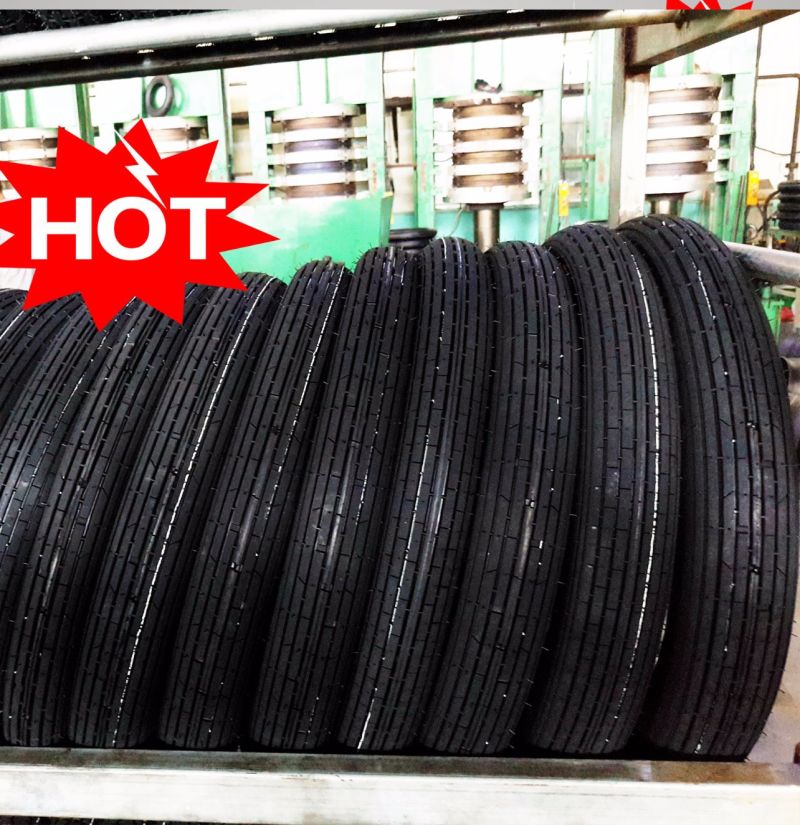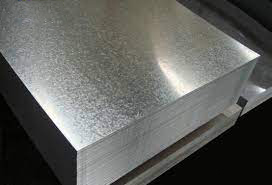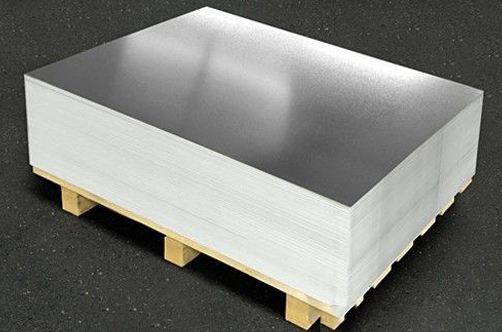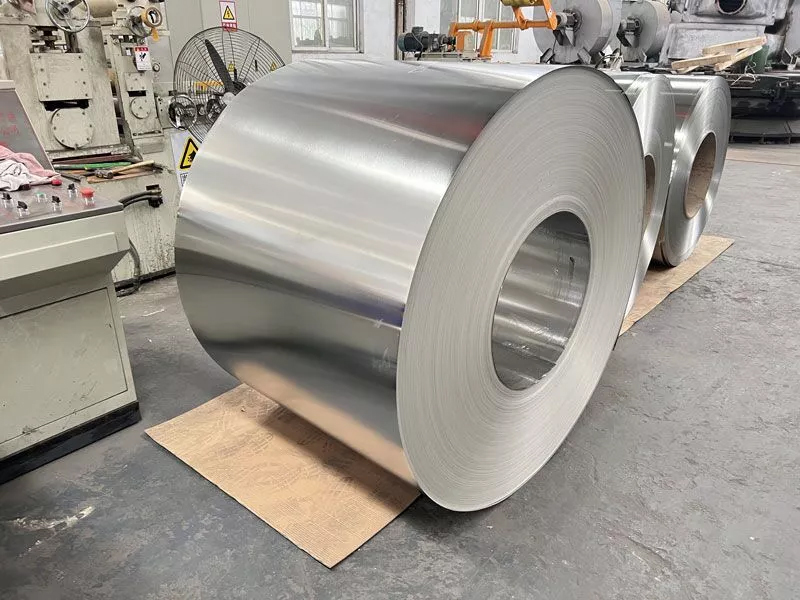- Model No.: 3.00-17
- Diameter: 8
- Certification: ISO, CCC
- Type: Inner Tube
- Kind: Low Pressure Tire
- Customized: Customized
- Condition: New
- Tire Design: Radial Tyre
- Transport Package: Per Bag
- Origin: China
- Tread Pattern: Highway Tread Pattern
- Tire Hierarchy: 6PR
- Cord Material: Rayon
- Trademark: HS STAR
- Specification: BAG
- HS Code: 4010340000
 **QUALITY GUARANTEE, 100% SATISFACTION!**
**FEATURES**
• Modern and popular design with a wide range of sizes available.
• High tensile strength and excellent elasticity for long-lasting performance.
• Outstanding wear resistance to ensure durability.
• Long service life with a guaranteed 20,000 km performance.
• Free samples are available for quality inspection.
**QUICK DETAILS**
**QUALITY GUARANTEE, 100% SATISFACTION!**
**FEATURES**
• Modern and popular design with a wide range of sizes available.
• High tensile strength and excellent elasticity for long-lasting performance.
• Outstanding wear resistance to ensure durability.
• Long service life with a guaranteed 20,000 km performance.
• Free samples are available for quality inspection.
**QUICK DETAILS**
| Size | 2.50-17 |
| Model No. | 1 |
| Brand Name | OEM |
| Ply Rating | 6PR, 8PR |
| Rubber Content | 48%-55% |
| Place of Origin | Qingdao, China |
| Certificate | CCC; ISO; SONCAP; SGS |
| Main Market | Middle East, Southeast Asia, Africa, South America, Europe, America |
| Payment Term | T/T; L/C; |
| MOQ | 3000 pcs |
| Production Capacity | Daily 20,000 pieces of tyres and 40,000 pieces of tubes |
| Delivery Time | 10-15 days |
| Package | The tube is packed in a color foil bag, then in a woven bag or carton. Customized packaging available. |
1. Composition: Tinplate is made of low-carbon steel that is coated with a thin layer of tin, usually between 0.1 and 1.5 microns thick. The steel is typically rolled into thin sheets and then coated with tin using an electrolytic process.
2. Applications: Tinplate is widely used in the food and beverage industry for making cans, as well as in the packaging of other products. It is also used in the production of toys, decorative items, and other consumer goods.
3. Advantages: Tinplate has several advantages over other materials. It is strong, durable, and can be formed into a wide range of shapes. It is also resistant to corrosion and can be easily cleaned and sterilized, making it ideal for use in the food and beverage industry.
4. Recycling: Tinplate is highly recyclable and can be reused many times. When tinplate is recycled, the steel is separated from the tin coating and can be melted down and used to make new products, while the tin is typically reused in the production of new tinplate.
5. Sustainability: Tinplate is considered a sustainable packaging material because it is recyclable and has a low carbon footprint. Additionally, the use of tinplate can help to reduce food waste by extending the shelf life of packaged products.
6. Variations: Tinplate can come in different grades, or thicknesses, depending on the application. It canalso be coated with other materials, such as lacquer or polymer, to provide additional protection or to improve its appearance.
7. History: Tinplate has been in use since the 17th century, when it was first used to make decorative objects. It became more widely used in the 19th century with the development of the canning industry. Today, tinplate is a ubiquitous material that is used in many different industries around the world.
8. Production: Tinplate is typically produced from a coil of steel that is fed through a series of rollers to create a thin, flat sheet. The sheet is then cleaned and coated with tin using an electrolytic process, in which an electric current is used to deposit the tin onto the surface of the steel.
9. Quality control: Quality control is an important part of the production process for tinplate, as even small defects or variations in thickness can impact the performance of the material. Tinplate is typically inspected using a variety of techniques, including visual inspection, measurement of thickness and coating weight, and testing for corrosion resistance.
10. Future: The use of tinplate is expected to continue to grow in the coming years, driven by the demand for sustainable packaging materials and the increasing use of canned food and beverages around the world. However, there are also efforts underway to develop alternative materials that can provide similar performance and sustainability benefits.



tinplate sheet,tinplate,tinplate sheet printing,printed tinplate,tinplate plate, tinplate coil
Wuxi Shengshu Metal Co., Ltd. , https://www.wuxissmetal.com